Microsoft will release Windows 10 as a free upgrade on July 29, introducing a host of new features for Windows users. Here are five stand out features that can’t come soon enough:
The Start Menu – It’s the little things that count. In Windows 8, Microsoft banished the start menu from the start screen, bewildering users with a sprawl of “live tiles” for launching apps. In Windows 10, the start menu will make a grand re-entry into the left-hand corner of the screen, albeit with a few clever tweaks. The live tiles for launching apps will now appear as an embedded column in the start menu. An embedded search bar makes it easier to surface lesser-used apps.
Cortana – Microsoft’s personal digital assistant will feel familiar to anyone who regularly gives commands to Siri or Google Now, with one essential difference: Cortana will be baked into your desktop. As a result, Cortana can conduct a single search across your hard drive, as well as the cloud and the web, bundling the results into a single pop-up menu.
Microsoft Edge – Microsoft’s new web browser draws its name from a graphic rendering engine, the Edge, which uploads web pages at much zippier speeds than its aging predecessor, Internet Explorer. A smarter Bing-powered search, built into the address bar, draws results directly from the web as you’re typing. Weather forecasts, for instance, automatically appear in a pop-up menu below the address bar. Expand that predictive search to stores, restaurants and other items of interest, and it could circumvent the need to visit Google’s search page entirely.
Continuum – Windows 10 will automatically detect a screen size of any device and tailor the display accordingly in a new screen-sensing feature called “continuum.” Connect a PowerPoint demonstration on a smartphone to a large screen display, and the view will automatically switch to desktop mode. Like that, the phone can offer a PC experience, blurring the line between what can be done on various devices.
Universal Apps – Microsoft could finally end its app drought with the introduction of a unified code that works across desktops, tablets and smartphones. A new code base makes it easier for iPhone and Android developers to transfer their code into the Windows ecosystem, rapidly filling in the gaps in the Windows Store. A preview of the next generation of Microsoft Office apps showed how Microsoft had managed to pack more desktop features into smartphones and tablets by giving the interface a thumb-friendly redesign.
These Vintage Computer Ads Show We've Come a Long, Long Way
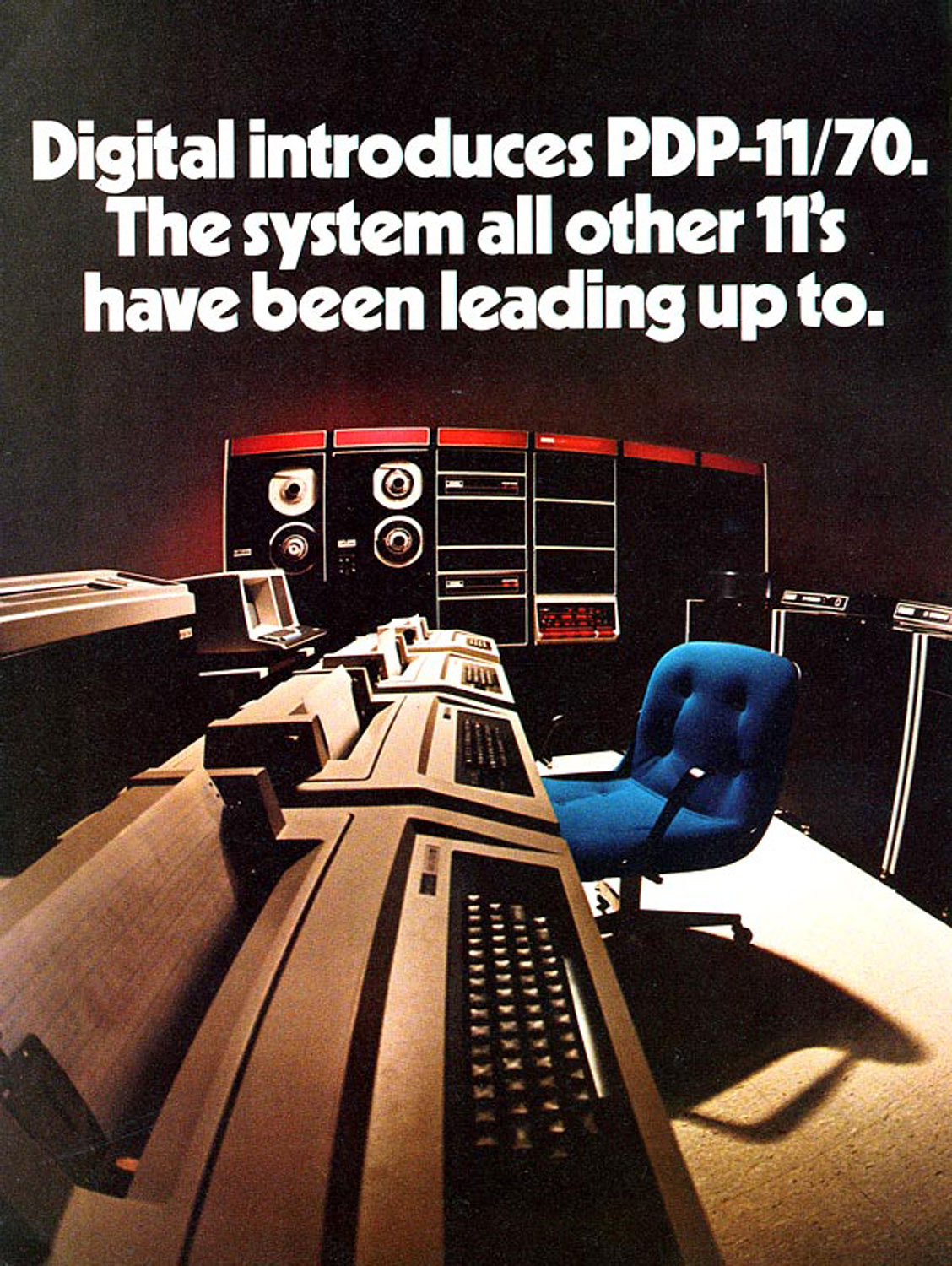
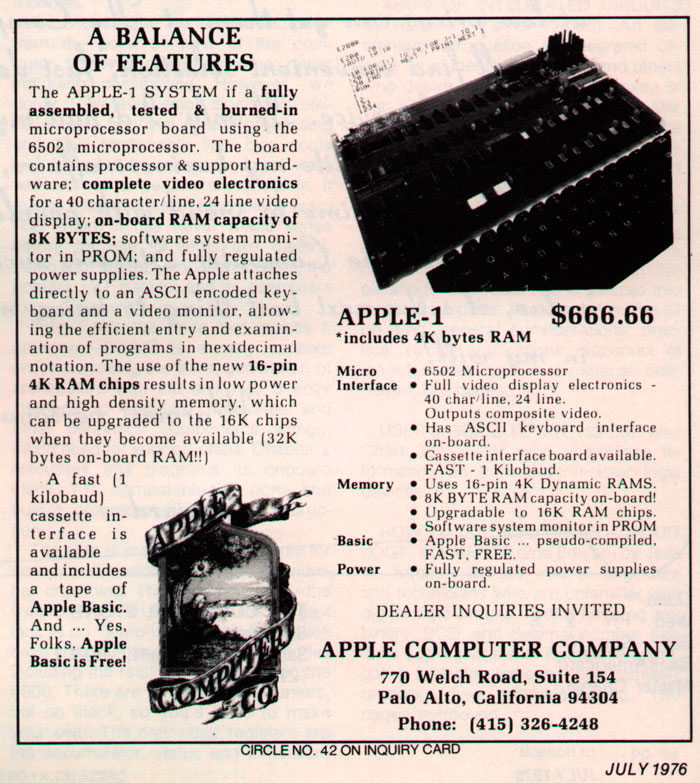
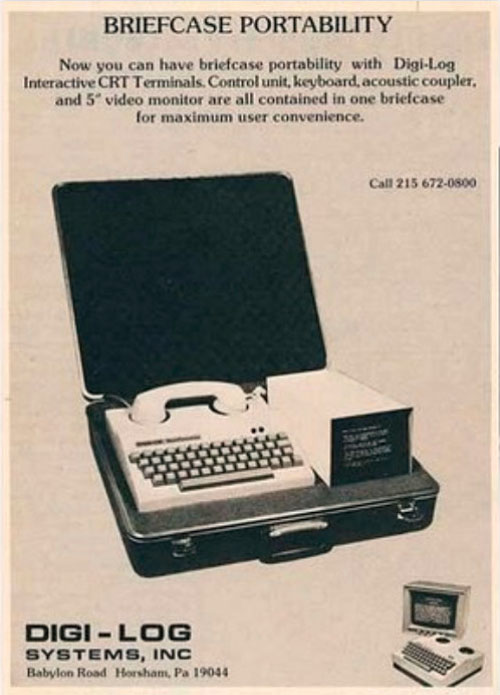
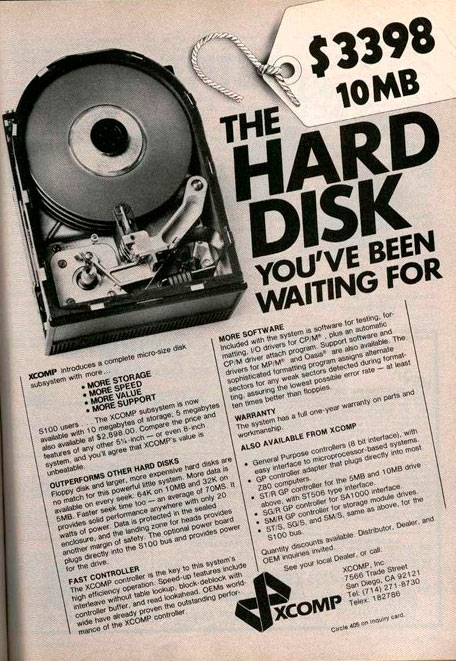
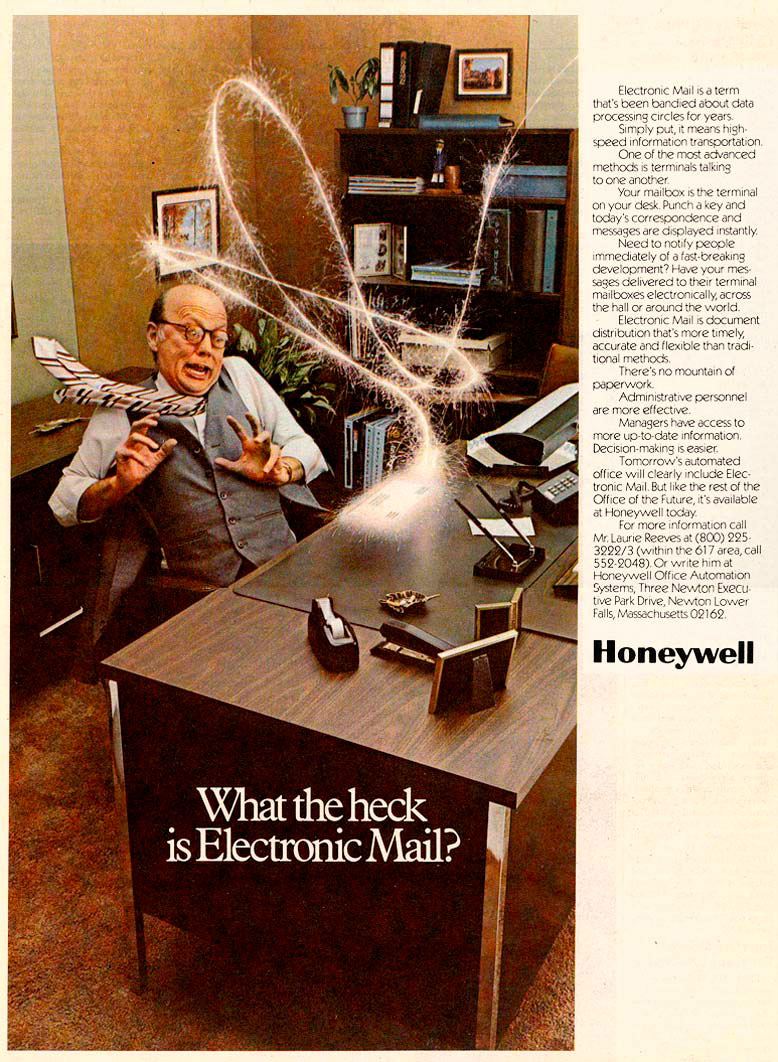
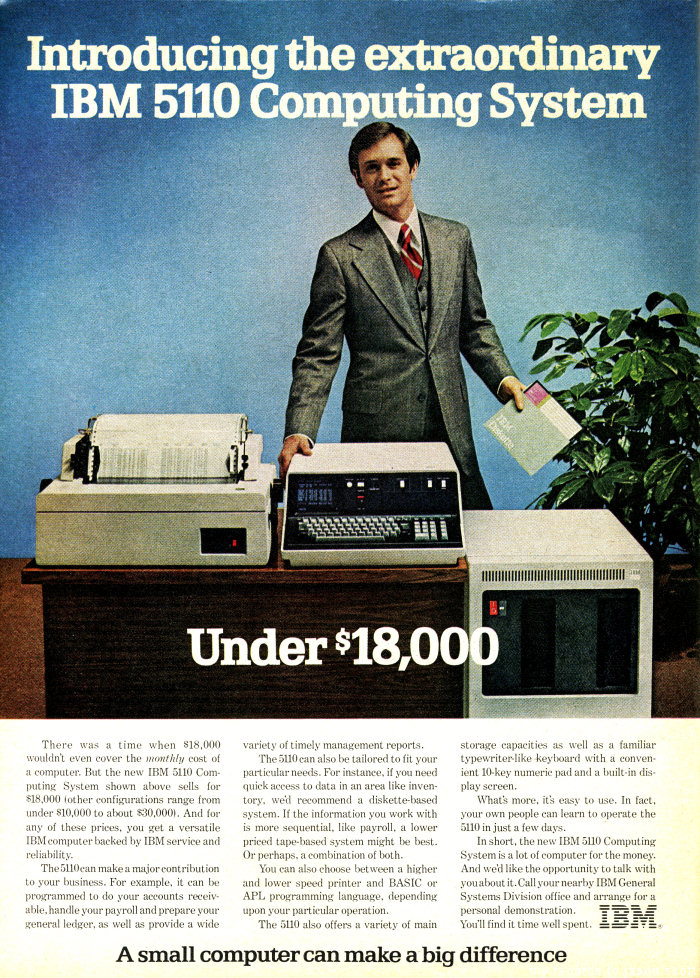
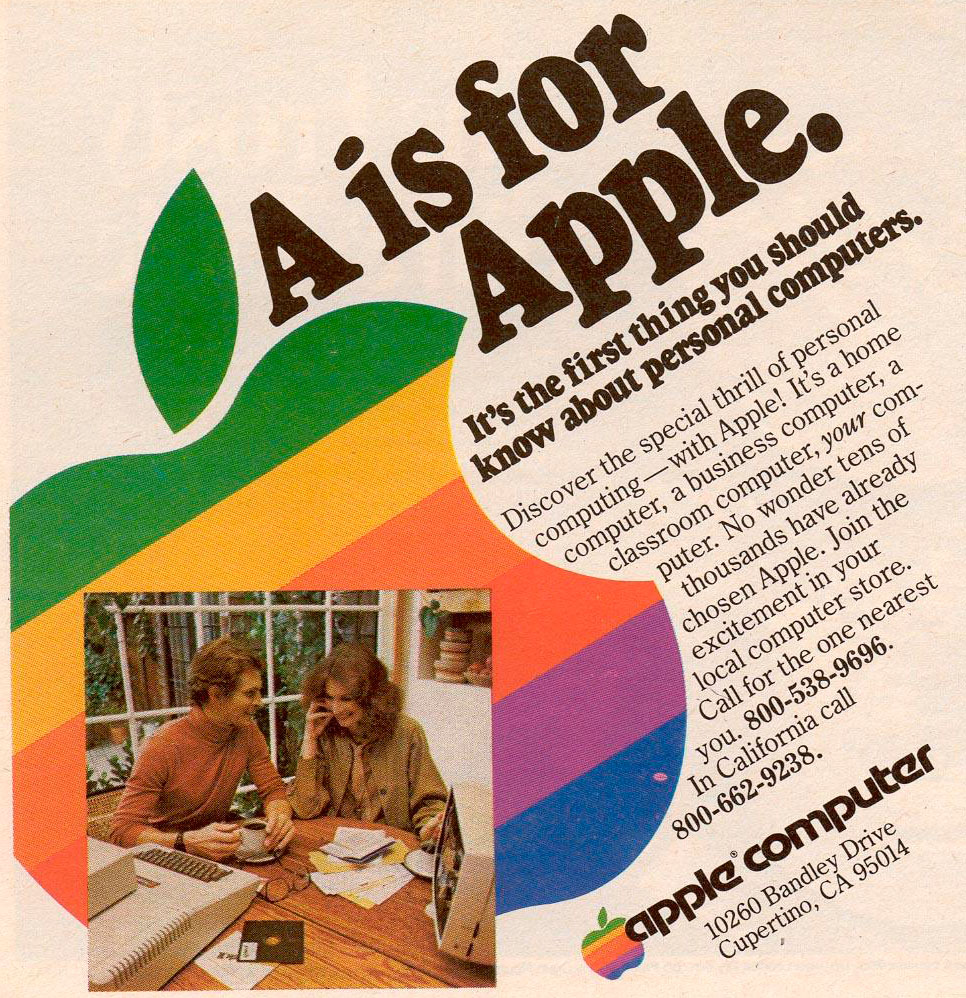
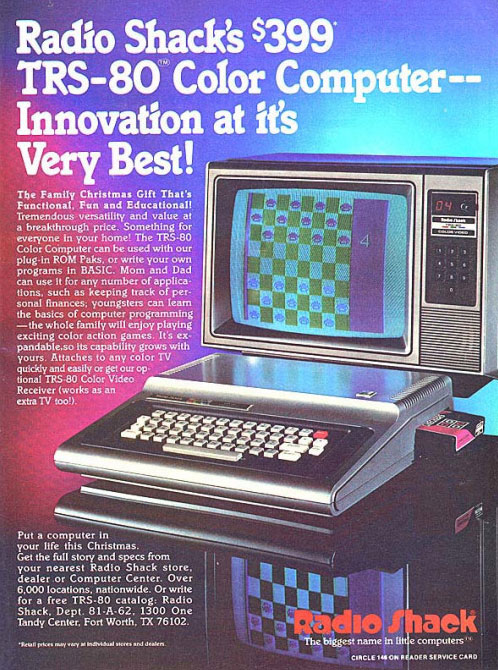
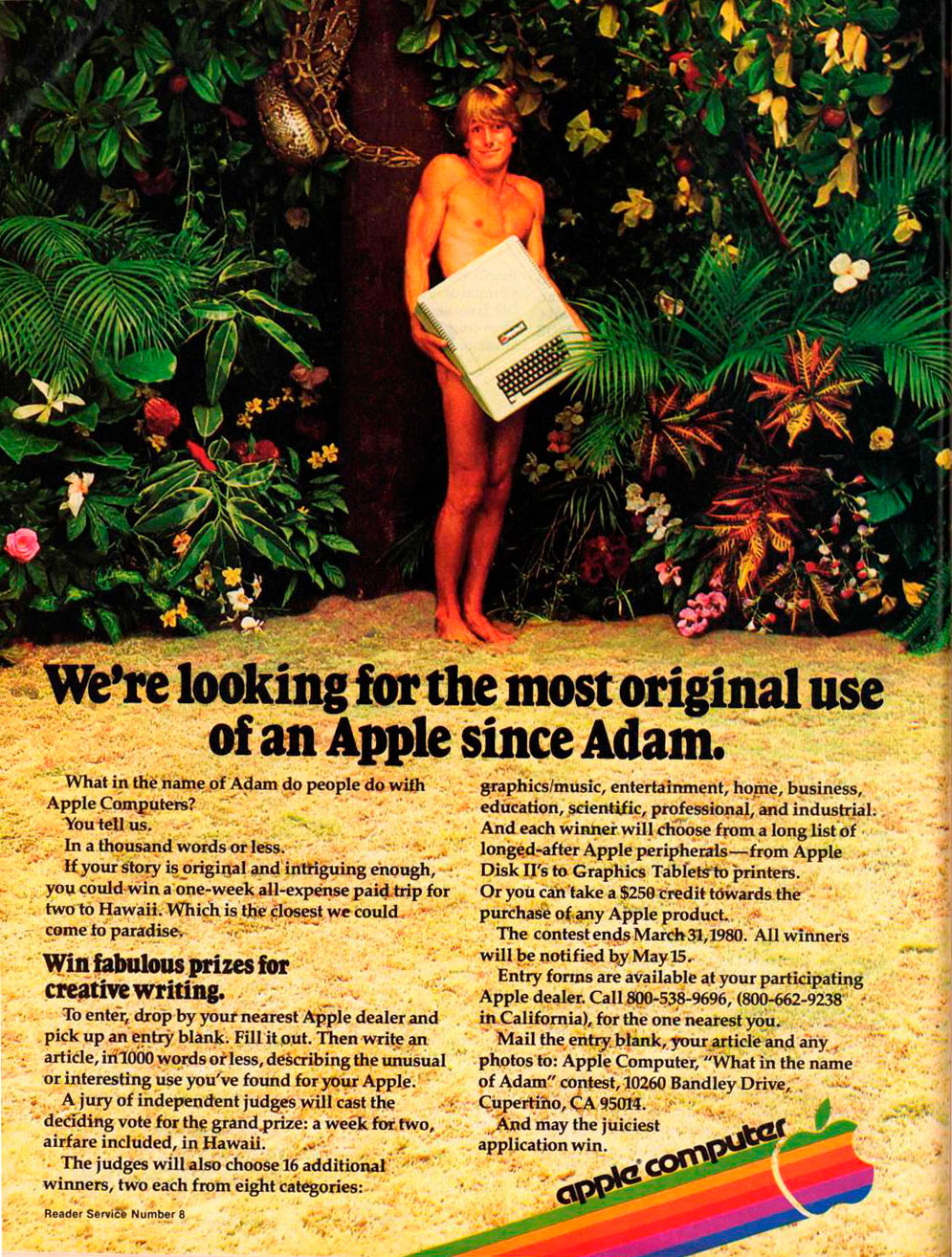
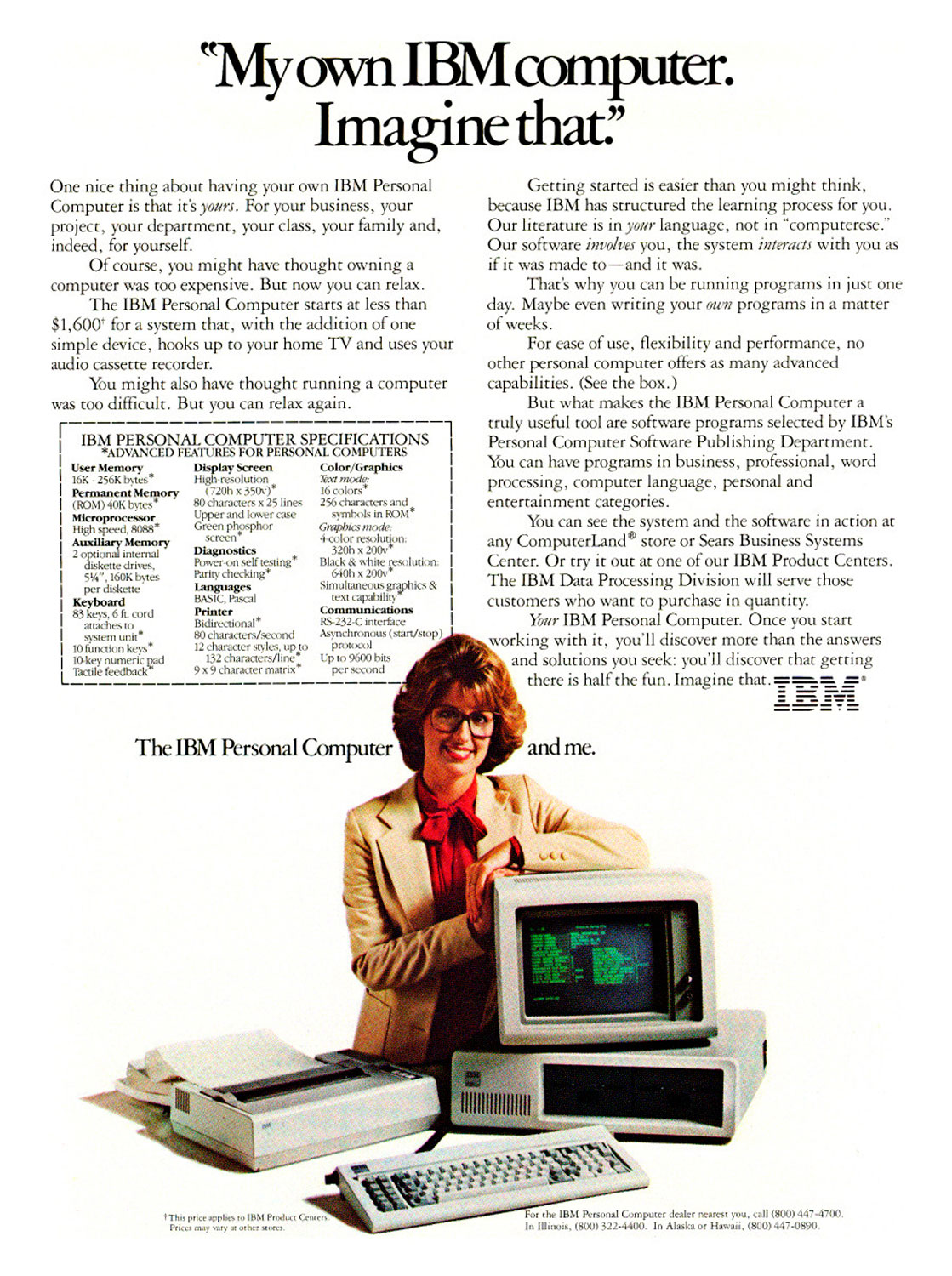
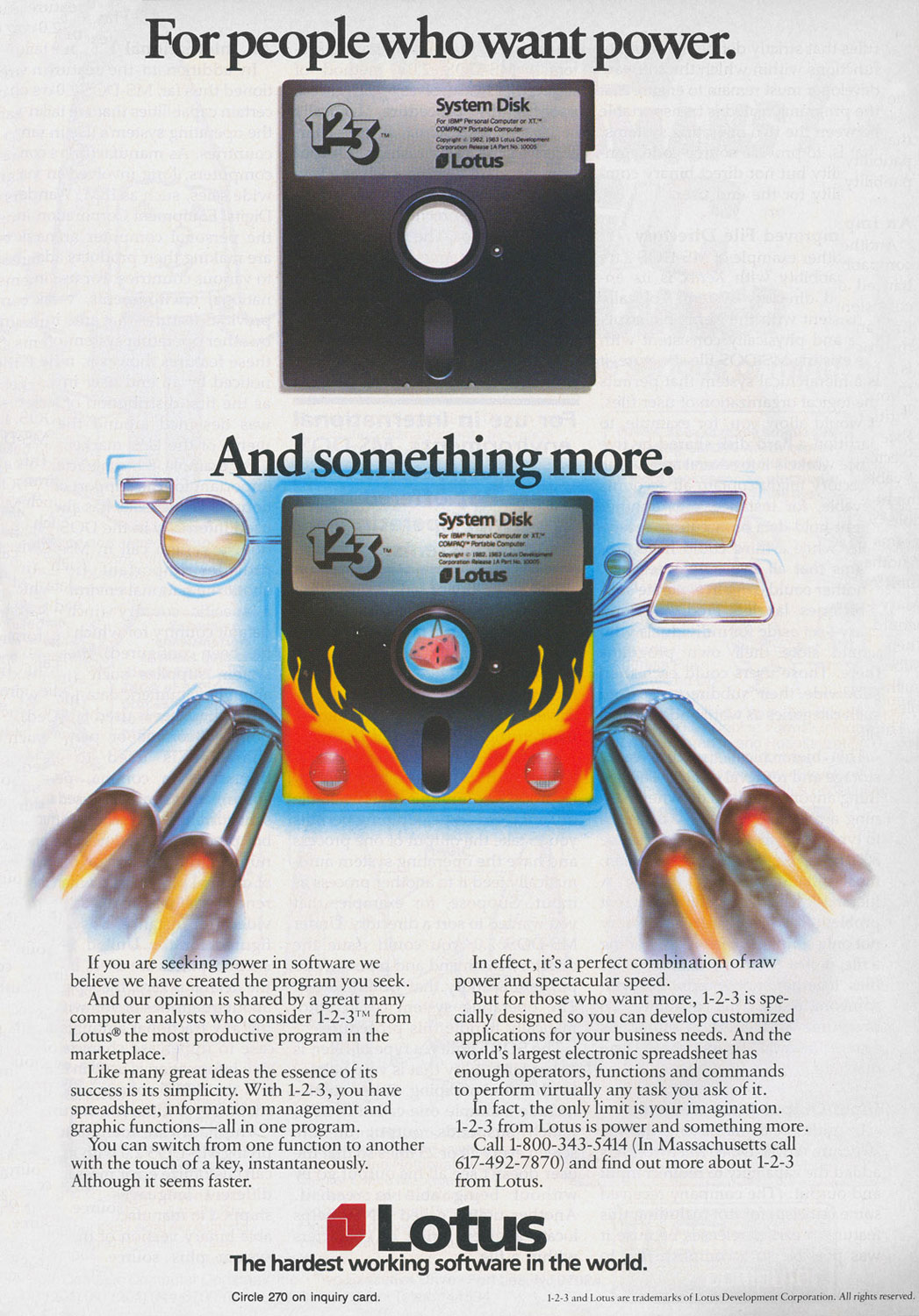
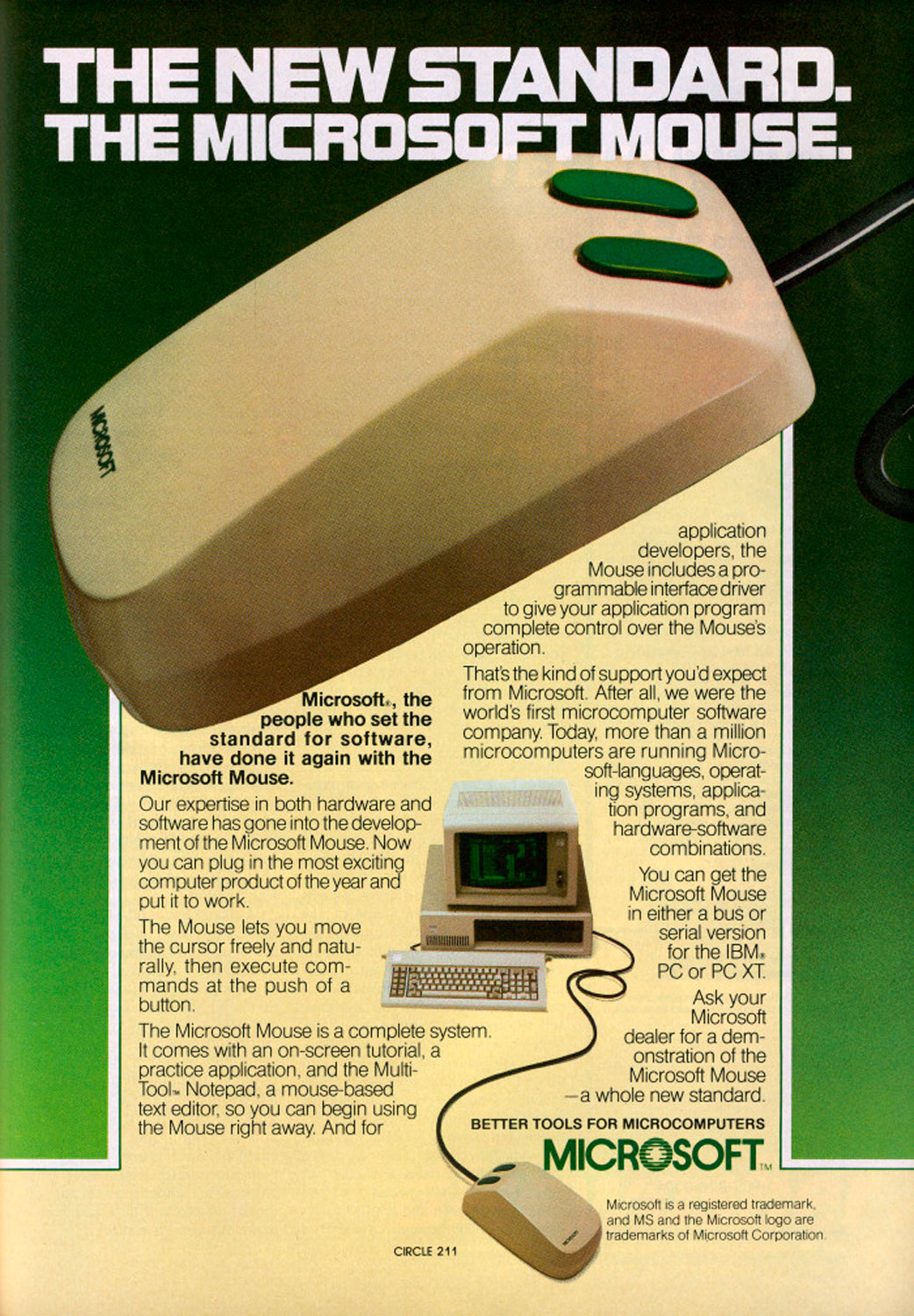
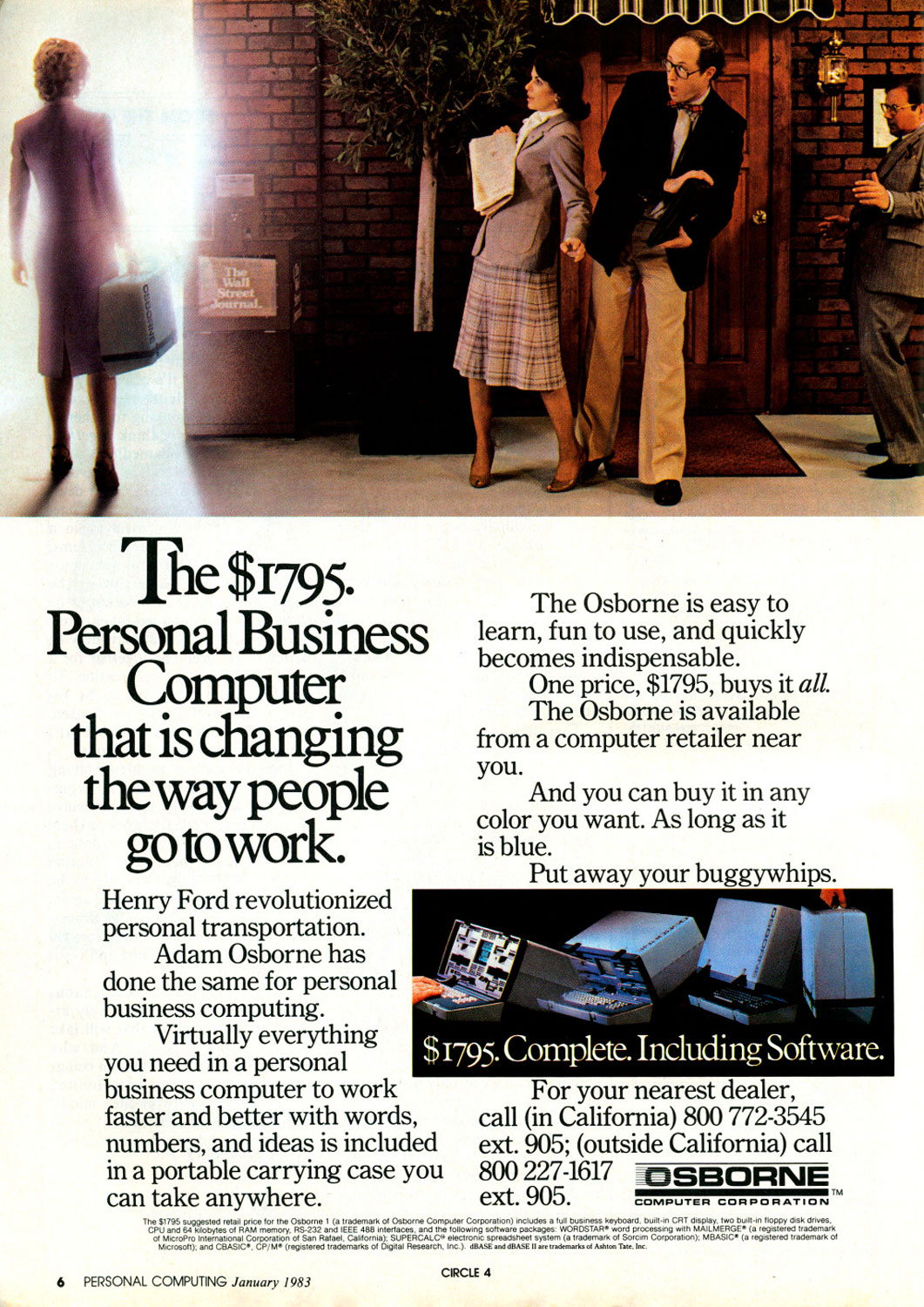
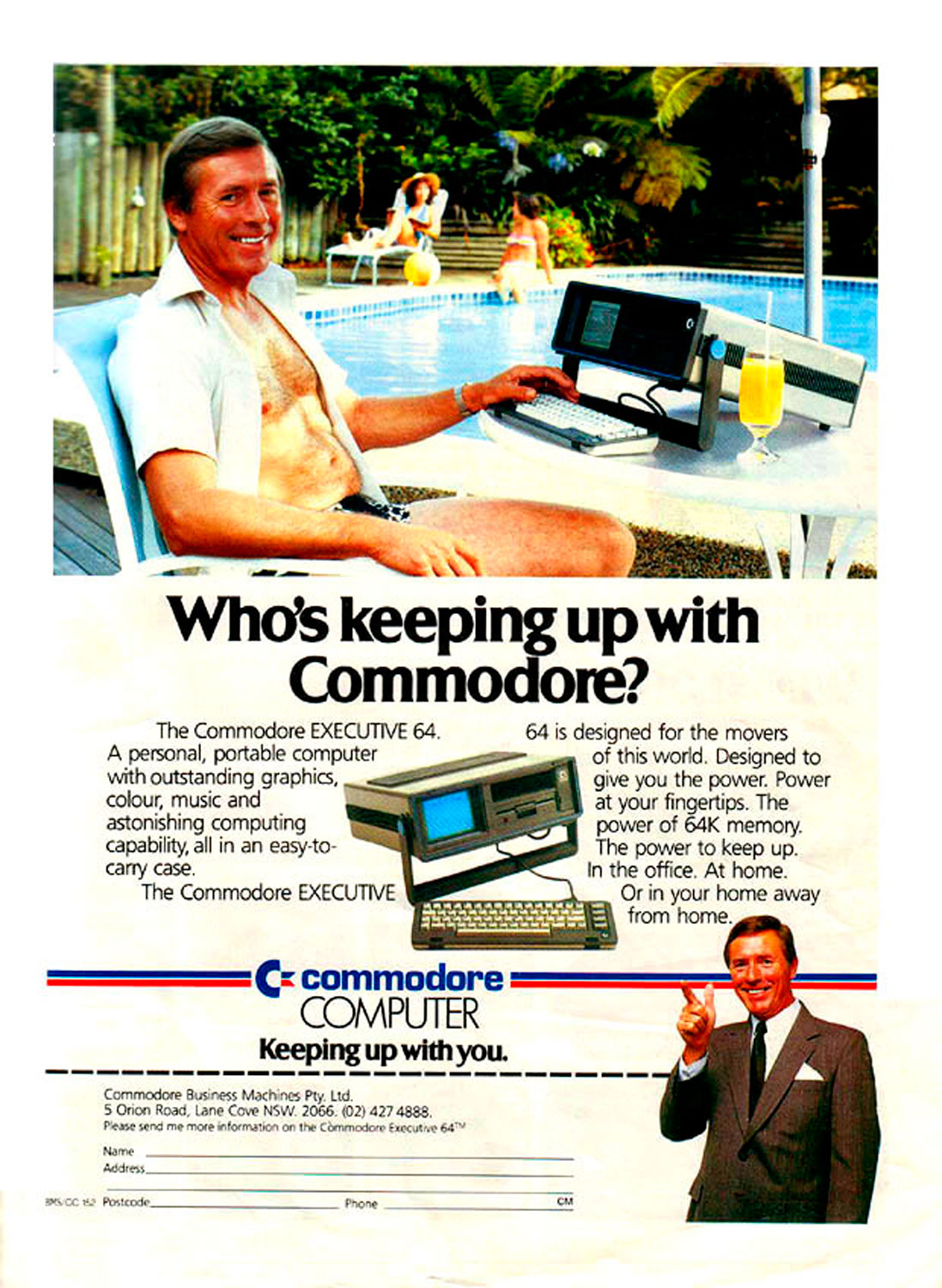
More Must-Reads from TIME
- L.A. Fires Show Reality of 1.5°C of Warming
- Home Losses From L.A. Fires Hasten ‘An Uninsurable Future’
- The Women Refusing to Participate in Trump’s Economy
- Bad Bunny On Heartbreak and New Album
- How to Dress Warmly for Cold Weather
- We’re Lucky to Have Been Alive in the Age of David Lynch
- The Motivational Trick That Makes You Exercise Harder
- Column: No One Won The War in Gaza
Contact us at letters@time.com



